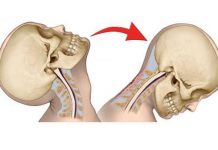Croft AC, Freeman MD.
Spine Research Institute of San Diego and the
Center for Research into Automotive Safety and Health,
Spring Valley, California, USA.
drcroft@srisd.com
BACKGROUND: Auto insurers use a variety of techniques to control their losses, and one that has been widely employed since the mid-1990’s is the Minor Impact Soft Tissue (MIST) segmentation strategy. MIST protocol dictates that all injury claims resulting from collisions producing US dollars 1000 or less in damage be “segmented”, or adjusted for minimal compensation.
MATERIAL/METHODS: Multiple databases were searched for studies comparing any of three dependent variables (injury risk, injury severity, or duration of symptoms) with structural damage in motor vehicle crashes of under 40 km/h (25 mph).
RESULTS: A limited correlation between crash severity and injury claims was found. We could not determine, however, whether this relationship held across all crash severities. Other studies provided conflicting results with regard to acute injury risk, but both found no statistically significant correlation between crash severity and long-term outcome.
CONCLUSIONS: A substantial number of injuries are reported in crashes of little or no property damage. Property damage is an unreliable predictor of injury risk or outcome in low velocity crashes. The MIST protocol for prediction of injury does not appear to be valid.







